Distractions are one of the biggest obstacles to productivity. They can come in many forms, from notifications on your phone to emails and social media. Eliminating distractions while working is essential if you want to stay focused and get things done efficiently. In this article, we'll discuss some practical strategies for eliminating distractions and staying on task.
Turn Off Notifications
One of the biggest distractions while working is the constant stream of notifications on your phone and computer. To eliminate this distraction, turn off notifications for non-essential apps and programs, such as social media and email. You can also use the "Do Not Disturb" feature on your phone to silence notifications during specific hours of the day.
Use Noise-canceling Headphones
Background noise can be a major distraction, especially if you're working in a noisy environment. Noise-canceling headphones can help block out unwanted sounds and create a more peaceful work environment.
Create a Comfortable Work Environment
A comfortable work environment can help eliminate distractions and increase productivity. Make sure your workspace is well-lit, comfortable, and free of clutter. Keep your work area clean and organized and you will be less likely to get sidetracked.
Use the Pomodoro Technique
The Pomodoro Technique is a time management method that involves breaking your work into 25-minute intervals, followed by a short break. This technique can help eliminate distractions by forcing you to focus on one task for a set period of time.
Take Regular Breaks
Taking regular breaks can help eliminate distractions by giving your mind and body a chance to rest and recharge. Use your breaks to step away from your work and do something different, such as going for a walk or having a snack.
Block Distracting Websites
Some websites are notorious for being distractive, such as social media and news websites. There are browser extensions and apps that can help you block these websites for a set period of time.
Set Boundaries
Set boundaries for yourself and others. Let people know that you are working and that you need to focus. This will prevent them from interrupting you with non-urgent matters.
Reflect on Your Progress
Reflect on your progress regularly. Take a moment to look back on what you've accomplished and what you still need to do. This can help you stay focused and motivated, and prevent you from getting sidetracked.
In Summary
Eliminating distractions while working is essential for staying focused and getting things done efficiently. By turning off notifications, using noise-canceling headphones, creating a comfortable work environment, using the Pomodoro Technique, taking regular breaks, blocking distracting websites, setting boundaries, and reflecting on your progress, you can eliminate distractions and increase your productivity.




